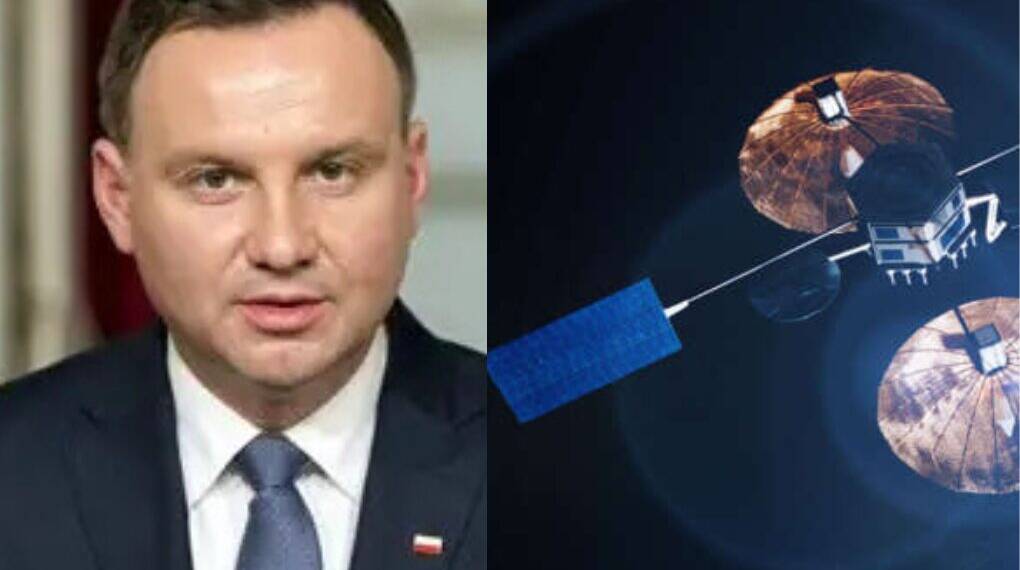As tensions rise in Eastern Europe and fears grow over Vladimir Putin’s ambitions beyond Ukraine, Poland is moving to secure its strategic defense capabilities by acquiring a stake in Iceye — a satellite imaging company that has played a crucial role in Ukraine’s resistance to Russian forces.
Poland’s Strategic Investment in Satellite Surveillance
The Financial Times has reported that Poland is in the final stages of acquiring a stake in Iceye, a Finnish-Polish satellite firm co-founded by Rafał Modrzewski and Pekka Laurila. Though the size of the stake remains undisclosed, the move reflects a significant shift in Europe’s defense and technology landscape amid growing distrust of U.S.-based satellite providers.
Poland’s investment is expected to be made via its national development bank and follows a $230 million acquisition by its defense ministry in May 2025 for six surveillance satellites. This underscores Warsaw’s intent to build a robust and independent reconnaissance capability as regional security threats grow.
Iceye: From Arctic Monitoring to Military Intelligence
Founded in 2014, Iceye originally aimed to monitor ice movement in the Arctic to assist shipping companies. However, the company pivoted sharply as Russian aggression in Europe escalated. In the lead-up to Russia’s full-scale invasion of Ukraine in February 2022, Iceye provided Kyiv with crucial radar satellite images of Russian troop buildups. This intelligence was instrumental in helping Ukraine prepare its defenses and execute counteroffensives.
Iceye’s synthetic aperture radar (SAR) technology allows for detailed imaging even through clouds or in darkness — making it indispensable in modern warfare, especially where real-time, high-resolution satellite data is critical.
Co-founder Modrzewski told the Financial Times that the company now plans to scale up production significantly, aiming to manufacture 100 to 150 satellites annually — up from the current 25 — to meet surging demand from governments and defense agencies.
The Broader Context: Satellite Power and Political Leverage
The Polish government’s move reflects a broader European trend: seeking independence from American technology giants whose services can be disrupted by political decisions. In recent years, concerns have grown that former U.S. President Donald Trump — now back in office — may restrict European nations’ access to satellite data and infrastructure from U.S.-based firms such as Maxar Technologies and Elon Musk’s Starlink.
For instance, following a fallout between Kyiv and Washington, the Trump administration reportedly blocked Ukraine’s access to Maxar satellite imagery. Similarly, Europe has seen inconsistent access to Starlink internet services, further highlighting the risks of relying on privately owned, foreign-controlled space assets.
Europe’s Push for Sovereign Space Capabilities
In response, European nations are ramping up efforts to build their own satellite constellations and secure stakes in strategically important space companies. Iceye, with its strong track record in defense-related applications and dual Polish-Finnish identity, has become a symbol of this push for autonomy.
The acquisition of a stake by Poland not only supports national defense but could also signal the beginning of a broader European effort to co-own or control critical satellite and surveillance infrastructure.
Looking Ahead
As the geopolitical landscape in Europe continues to evolve and Russia’s intentions remain unpredictable, investments in surveillance, communications, and military-grade space technology are becoming as vital as traditional defense spending.
For Poland, a nation on NATO’s frontlines, gaining direct access to cutting-edge satellite imagery through Iceye represents not just a tactical advantage, but a long-term strategic imperative. It also sends a strong signal that European nations are no longer willing to leave their security tethered to the whims of foreign tech leaders or distant political shifts.







